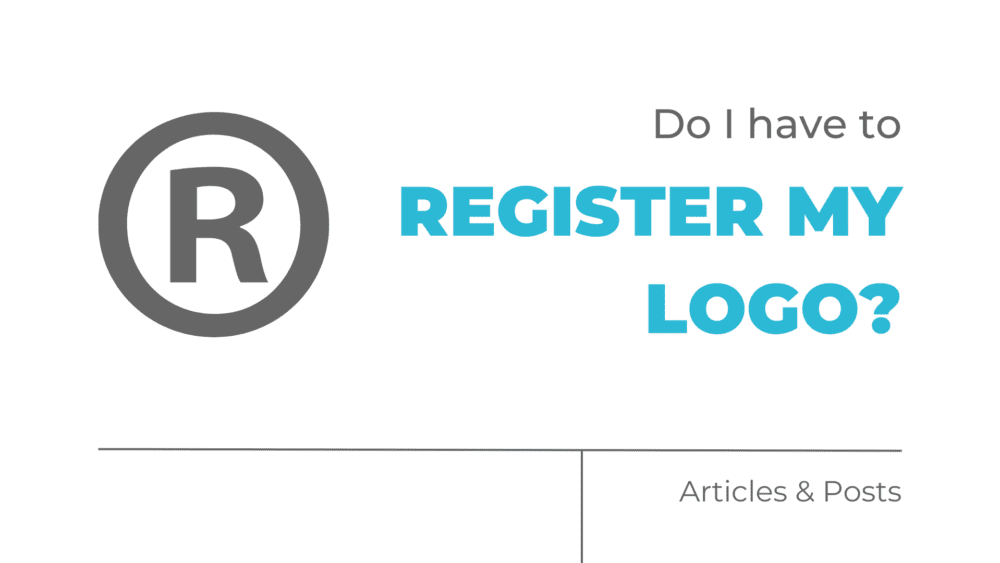Registering a logo provides legal recognition and exclusive rights, ensuring that others cannot use or profit from your unique design without permission.
“Do I have to register my logo?”
No.
While it is not mandatory to register your logo, doing so offers significant benefits and protection for your brand.
By registering your logo as a trademark, you establish ownership and gain exclusive rights to its use this graphic design in connection with your products or services.
This means that others cannot use a similar logo that could confuse consumers or dilute your brand’s distinctiveness.
How much does it cost to trademark a logo?
The cost of trademark registration for a logo can vary depending on factors such as the jurisdiction, the number of classes you wish to register under, and whether you choose to hire a trademark attorney.
Generally, the fees for trademark registration range between $225 to $600 per class in the United States.
It’s important to consider this as an investment in safeguarding your brand identity and preventing potential infringement.
The process of trademark registration
While your logo is automatically copyrighted as a creative work, it is not automatically registered or trademarked for your brand.
1.Research
Before proceeding with logo registration, conduct a comprehensive search to ensure your logo is unique and does not infringe on any existing trademarks.
This step helps minimize the risk of rejection and potential legal issues down the line.
2.Application
Once you’ve confirmed that your logo is distinctive, you can begin the application process.
The application typically includes details about your logo, such as its design, color scheme, and intended use.
You may also need to specify the products or services that your logo will represent.
3.Review and Examination
After submitting your application, it will undergo a review process by the trademark office.
They will examine your logo to ensure it meets all legal requirements and does not conflict with existing trademarks.
This step can take several months to complete.
4.Publication and Opposition
If your logo application passes the examination phase, it will be published in an official gazette or register for a specific period.
During this time, third parties have the opportunity to oppose your registration if they believe it infringes on their rights.
If no opposition occurs, your logo will move forward towards registration.
5.Registration
Once the opposition period expires and there are no successful oppositions, your logo will be registered as a trademark.
At this point, you will receive a certificate of registration, granting you exclusive rights to use your logo in connection with your specified goods or services.
At the End of the Day
While registering your logo is not compulsory, it is highly recommended to protect your brand identity and prevent potential infringement.
By taking the necessary steps to trademark your logo, you establish ownership, gain exclusive rights, and deter others from using a similar logo that may confuse consumers.
Remember to conduct thorough research, follow the application process diligently, and consider the costs involved to ensure a smooth and successful trademark registration.
Safeguarding your logo today can save you from significant headaches and legal complications in the future.


Comments are closed.